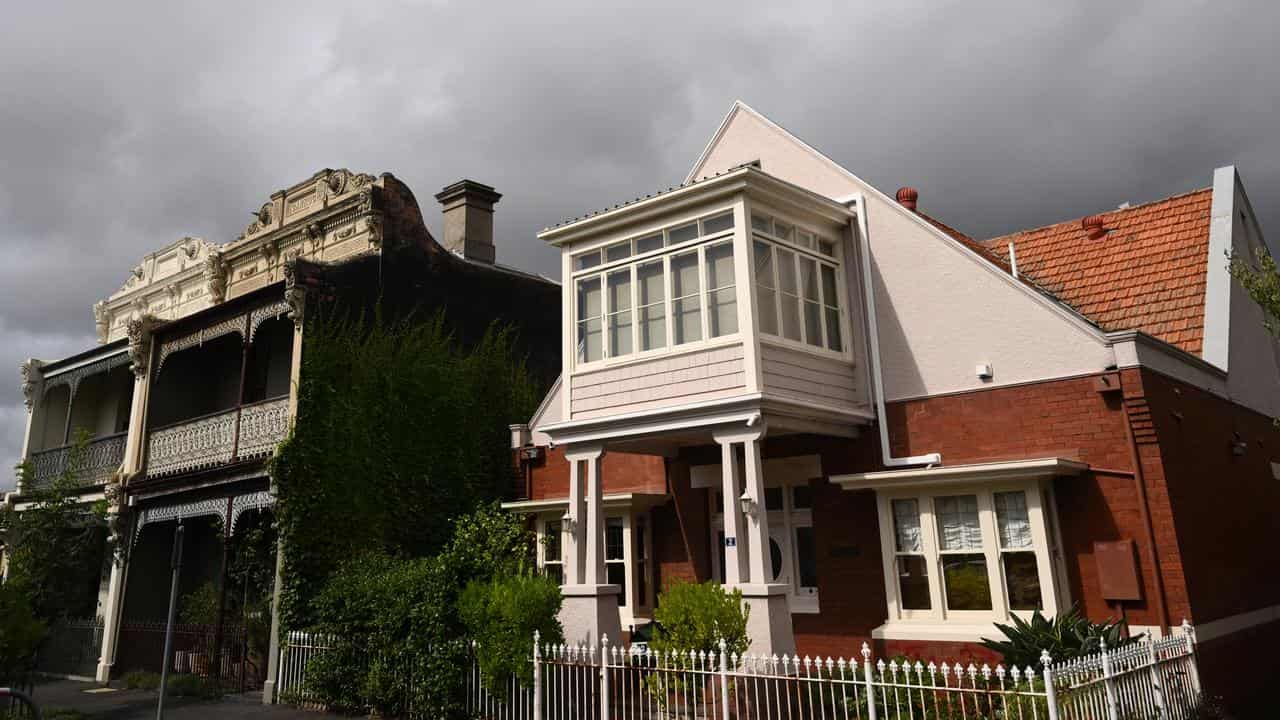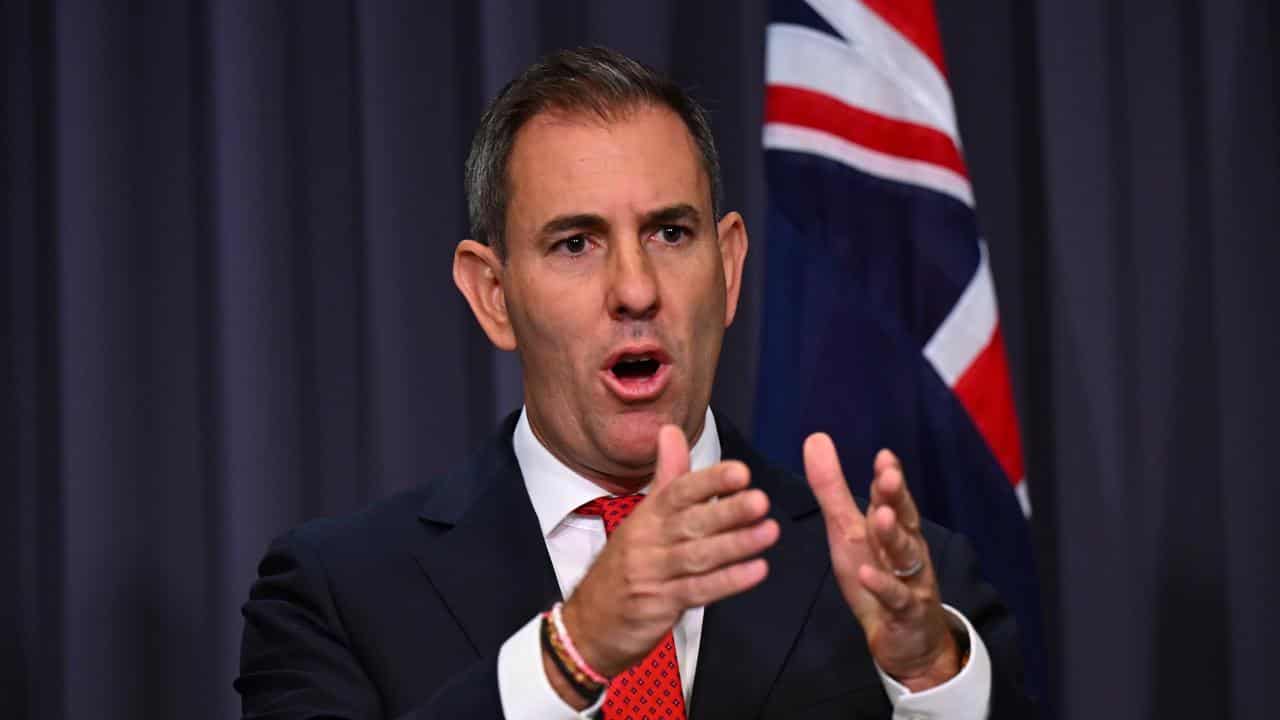
The Reserve Bank of Australia has cut interest rates for the first time in more than four years but mortgage holders might have to wait a while before more relief comes down the pike.
Mortgage lenders including all four big banks immediately promised to pass the widely expected 25 basis point decrease on to borrowers in full.
Governor Michele Bullock said high interest rates - which had been at a 15-year high of 4.35 per cent since November 2023 - had been working as anticipated to restrict demand and reduce inflation.
"The board judges it's time to reduce a little bit of that restrictiveness, but we cannot declare victory on inflation just yet," she told reporters following the decision on Tuesday.
That's because economic indicators - especially tightness in the labour market - could still reignite inflation.
Ms Bullock's hawkish tone made clear the decision was not as straightforward as the 90 per cent market pricing implied.
"It wasn't a lay-down misere," she said.
Unexpectedly low unemployment could stall disinflation or cause prices to start rising again, while uncertainty about the global economy and US tariff plans further clouded the outlook.
The central bank revised up its predictions for underlying inflation in its Statement on Monetary Policy, partly due to the surprise strength in employment.

It now expects inflation to remain above the midpoint of its two to three per cent target range until at least June 2027.
That assumes the bank's board will deliver three more cuts as predicted by the market.
Determined to get inflation back to the bank's 2.5 per cent target, Ms Bullock said the market's glide path was "unrealistic".
"I want to be very clear that today's decision does not imply that further rate cuts along the lines suggested by the market are coming," she said.
The board's hawkishness supported ANZ's forecast for a shallow easing cycle, with the next cut and last cut expected at the August 11-12 meeting, ANZ senior economist Adelaide Timbrell said.
HSBC chief economist Paul Bloxham also predicted the Reserve Bank to leave rates on hold for the next few meetings.
"This is a fairly strong indication that although the RBA was comfortable cutting today, they will need more evidence of disinflation before they will be prepared to cut again," he said.
If disinflation started to reverse, Ms Bullock warned the board would have to "seriously consider" raising interest rates again.
Treasurer Jim Chalmers said the rate cut was welcome news for millions of Australians.
"This is the rate relief Australians need and deserve," he said.
"It won’t solve every problem in our economy or in household budgets but it will help.
"This is the soft landing we have been planning for and preparing for but we know there’s more work to do."

Shadow Treasurer Angus Taylor said it would still be a long journey back for Australians to recover the standards of living they had lost in the past three years.
"A typical Australian household has paid an extra $50,000 - an extra $50,000 in interest rates than they had expected to pay," he said.
"And that has been a huge impost, of course, on Australian families who have been doing it very, very tough."
Mortgage arrears have been rising steadily from the record low of one per cent in mid-2022 as the accumulated impact of 13 straight rate cuts hit home.
The big four banks - Westpac, ANZ, NAB and the Commonwealth Bank - immediately announced they would pass on the rate cuts in full to variable rate home loans, effective February 28.
With a 25 basis point reduction, borrowers with an average home loan of $641,416 can expect to save more than $100 per month, according to financial comparison site Finder.




